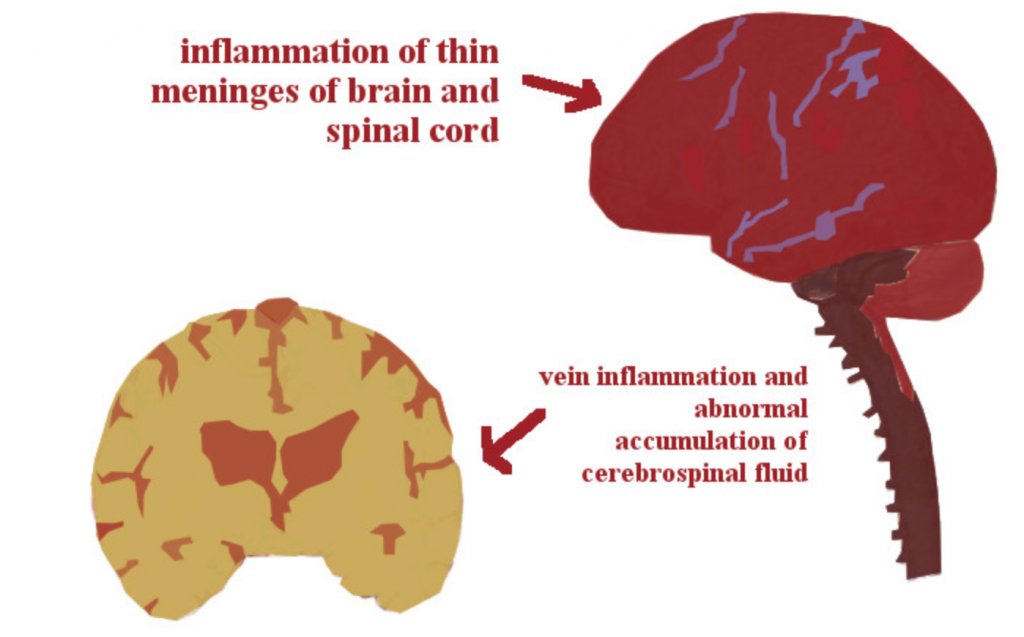Pearls and Pitfalls of Salicylate Toxicity in the Emergency Department
Emergency physicians commonly care for poisoned patients. These exposures may be either intentional or unintentional. Salicylates are commonly found in many topical and over the counter preparations, yet salicylate toxicity is often overlooked and underestimated as a potential cause for illness in our patients. Below is a condensed quick-guide of common mistakes that emergency physicians may be making with respect to salicylate overdoses and how to fix them. The goals of care to take away from this article are prevention of intestinal absorption and CNS entry of salicylates, as well as drug elimination.
Pearls and Pitfalls of Salicylate Toxicity in the Emergency Department Read More »
